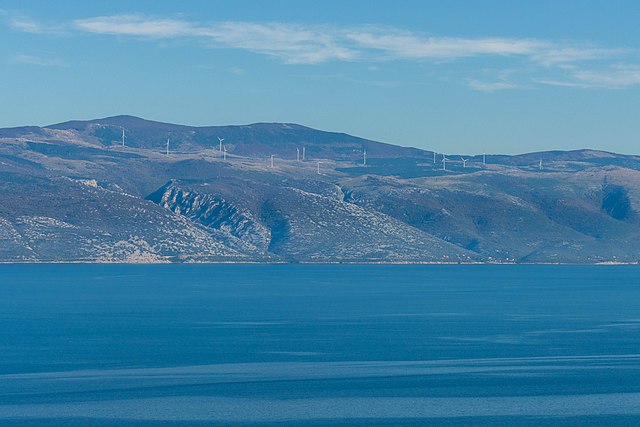Despite recent agricultural growth, food in Croatia is dearer than the European Union (EU) mean and this is encouraging cheap imports.
Research on over 2,000 foods and services across Europe now puts prices in Croatia at 22% above the EU bloc’s average.
According to Total-Croatia News on August 10, 2024, families in the southeast European country allocate high budgetary allocation to food.
Ana Knezeviç, head of the Croatian Association for Consumer Protection cites that families allocate 40% of their budgets to food. She adds that during costly times, this budget eats into pensions and salaries.
Basic Food Costly
The research points out that beverages lead the category of the costliest food commodities in Croatia. Mineral water, coffee, tea and juices cost as high as 27% above the averages for the same beverages in the EU.
Next are bread and grains, which are 15% above the EU median, while eggs, cheese and milk are 4% costlier.
To put these into the context of general prices, a list of other non-basics shows below-average rates. Cigarettes, for instance, are 30% more affordable than the European average, while furniture costs 13% less.
Interestingly, despite the high food prices, restaurant services in Croatia are 10% cheaper than the EU mean for the same.
Turn into Imports
With such unequal pricing, it is is not strange that consumers are increasingly buying cheap food that supermarkets import.
As imports hike, local farmers have no choice but overcharge their quality produce, some of which lack a market.
Indeed, in 2023, Croatia recorded a trade growth imbalance via more agricultural import increases than export increases. This trend continued through to quarter 1, 2024 when imports grew 9% while exports flattened.
Notably, local agricultural production has decreased by 5% since the country joined the EU in 2013, as membership favored imports.
Analysts now think that the only way Croatia’s farmers could help consumers access quality produce at accessible prices is to form producer associations. These cooperatives could guarantee direct produce sales and reduce reliance by consumers on retail chain imports.
In a word, as consumers turn to cheap imports as food in Croatia gets pricey, farmers are lacking sales. To see the bigger picture of the country’s food pricing structure, read on the statistics below.
Croatia Food Price Statistics
Croatia enjoys a thriving food economy, where food represents 1.8% of the average household income as of 2021. Food also accounts for 40% of the total household budget in the country. Fresh foods come with different price tags depending on the source, where local produce is usually expensive and imports cheap.
Which fruits are costliest and cheapest in Croatia?
According to FAOSTAT data for 2022, oranges are expensive at a farm gate price of $619.7 per tonne while apples cheap at $389.7 a tonne. Tangerines and clementines, on the other hand, are medium in cost at $479.7 a tonne (2022).
Which basic foods are cheapest and most expensive?
According to FAO data for 2022, potatoes are relatively cheap at $306.9 a tonne, while tomatoes cost $905.9 a tonne. Carrots, on the other hand, come in the mid-range at $482.1 a tonne.
What is the market rate of grains and legumes produced in Croatia?
Beans in Croatia cost about 7.7 times more than maize and wheat. In 2022, for instance, while farm-gate beans sold at $2300.6 a tonne, maize sold at $305.6 and wheat $313.3.
What is the comparative pricing of Croatia’s animal products?
Meat and eggs are costlier than milk among Croatia’s edible animal products. The costliest in 2022 were fresh beef at $2,685.8 a tonne and hen’s eggs at $2,308.3 a tonne in 2022. In comparison, whole cow milk cost the least at $443 a tonne.
